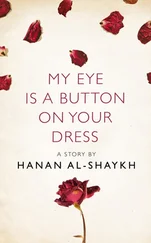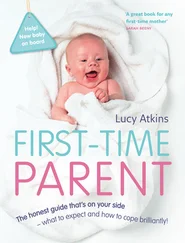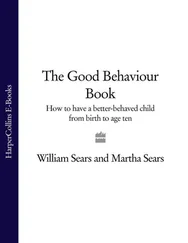It is important to repeat some of the previous activities, especially those that produced very little response earlier.
Listen and Do
This activity develops
an awareness of sound
an awareness of a rhythmical pattern
listening skills
the sense of touch
Remove the metal ends from a large empty tin can,such as a big coffee tin, and replace them with plastic lids that fit snugly on each end. Set the can in an upright position in front of the baby. The baby should be in a propped sitting position.
With your hand, tap on the top of the plastic lid in a pattern or rhythm of 1-2, 1-2. Talk to the baby and encourage him to listen as you tap and say,‘1-2, 1-2.’
Does the baby pay attention? Repeat the tapping several times and try to encourage the baby to use his hand and tap to make a sound. Do not expect the baby to make a pattern. However, if you repeat this activity often enough the baby will be able to produce the pattern when he is a little older.
Nursery Rhymes
This activity develops
language enrichment
listening skills
an interest in repetition
an interest in rhythm
Buy or borrow a nursery rhyme book from the library.Choose some of your favourite rhymes and read, recite or sing these rhymes for your baby to hear. Repeat each one several times. The nonsensical words of these ‘catchy’rhymes will entertain the baby as he listens.
Show the baby the picture that corresponds to the rhyme. The brief glance at the pictures will serve to develop beginning associations of pictures and words. Rhymes and rhythms are useful in developing early listening skills.
Repeat the recitations of the nursery rhymes whenever possible. The baby will learn to listen. As he begins to talk later, he will recite parts of his favourite rhymes spontaneously.
Reach to Grasp
This activity develops
eye-hand coordination
skill in making eye contact with stationary and moving objects
an awareness of left and right
enhancement of the sense of touch
Prop the baby up in a sitting position on the floor.Place a cotton reel, a ball and a rattle, or three similar items, in a row. It may be necessary to place these objects on a low table or stool so that they will be within easy reach of the baby.
Move the object on the left first to see if the baby will attempt to grasp or rake the object closer to him with his hand. Move the next object closer and observe the baby’s response. Move the third object closer and again observe the baby’s response. Does he reach for the third object or does he show a preference for one of the other two? Repeat this activity and encourage the baby to feel each object. It may be necessary for you to assist the baby as you encourage him to touch and grasp each object.
Substitute other objects and repeat this activity. Be sure to work from left to right as you move each object closer to the baby. This will give the baby a sense of left and right progression, which is a prerequisite to reading and writing.
Continue to repeat some of the previous activities, particularly the ones associated with the movement of the body parts. Remember to move the left body part first to ensure that the baby establishes a good sense of left and right laterality. As an extension of this concept, gently roll the baby’s entire body from left to right several times.
Конец ознакомительного фрагмента.
Текст предоставлен ООО «ЛитРес».
Прочитайте эту книгу целиком, купив полную легальную версию на ЛитРес.
Безопасно оплатить книгу можно банковской картой Visa, MasterCard, Maestro, со счета мобильного телефона, с платежного терминала, в салоне МТС или Связной, через PayPal, WebMoney, Яндекс.Деньги, QIWI Кошелек, бонусными картами или другим удобным Вам способом.












